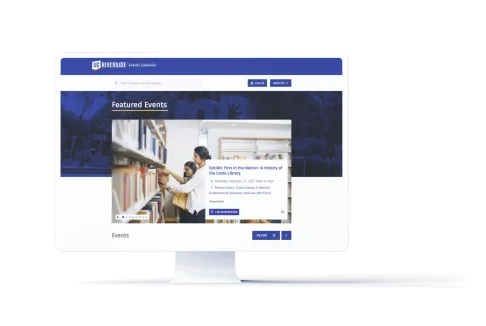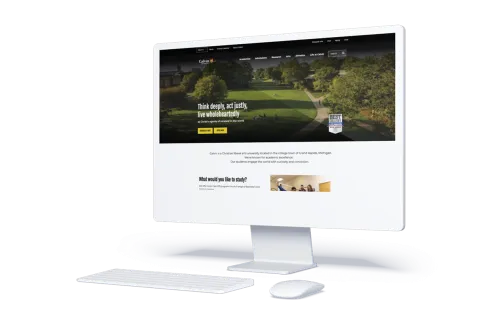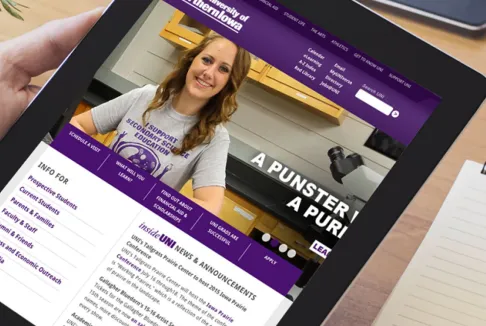HIGHER EDUCATION
Higher Education Web Design Solutions
Our higher education website solutions empower institutions to effortlessly update content, enhancing the user experience for both current and prospective students. We specialize in creating intuitive, accessible, and responsive websites that engage users and meet the evolving needs of educational environments.
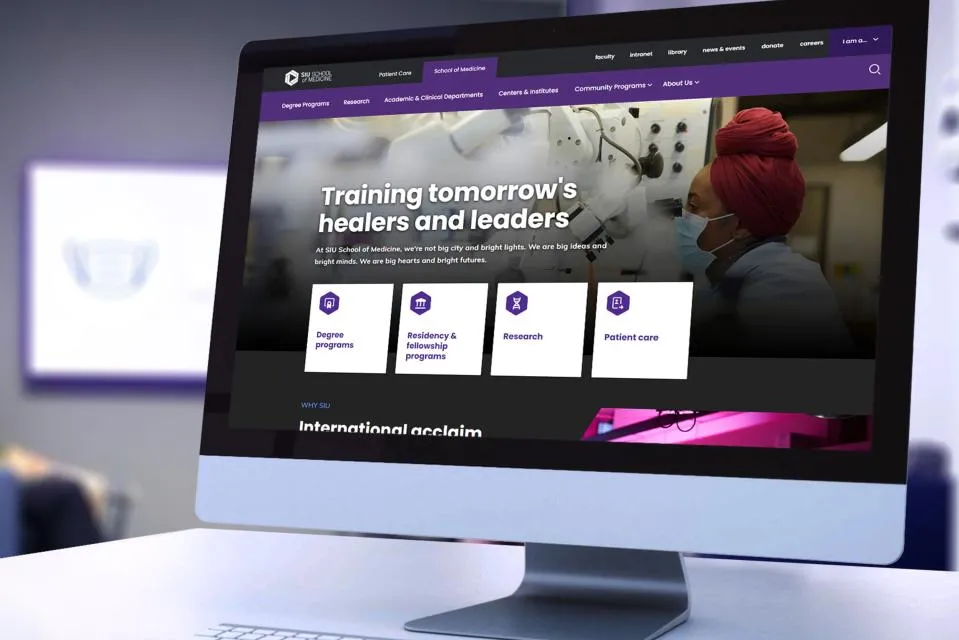
Why Promet for Higher Education
We understand the challenges of keeping your site current and impressive. Our student-centric, accessible, and mobile-friendly designs prioritize user experience. With our Provus®EDU system and Drupal expertise, we empower your team to easily manage content without technical skills. Choose Promet for a high-performing, easy-to-update website that truly represents your institution's excellence.
- User-Friendly Content Management: Easily update your site to keep information current and relevant for students.
- Responsive Design: Seamlessly adapt to all devices, ensuring a consistent experience across desktops, tablets, and smartphones.
- Enhanced Student Engagement: Our designs promote interaction, making it easier for students to find the information they need.
- Long-Term Support: Enjoy dedicated support to keep your website performing at its best over time.
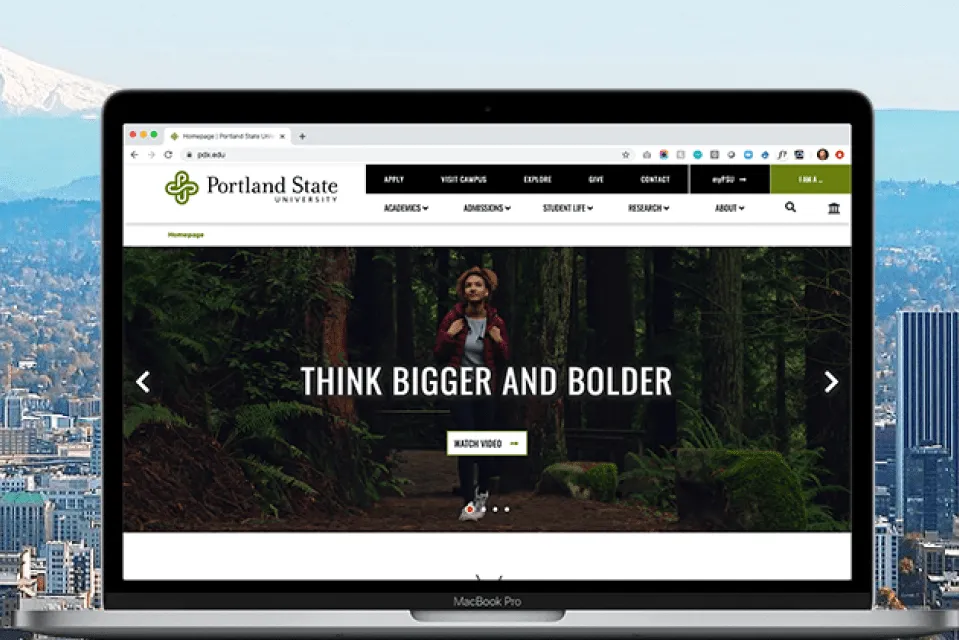
Collaborate with us
Empower your team
Award winning work in the field


















